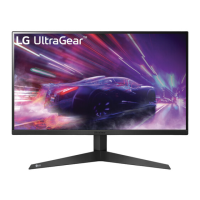
Do you have a question about the LG UltraGear 27GQ50B and is the answer not in the manual?
Information on HDMI terms, trademarks, and licensing.
Key safety warnings and informational notes during the assembly process.
Guidance on obtaining and installing necessary software and drivers from the LG website.
Explanation of how to use the joystick for basic monitor operations like power, volume, and brightness.
Instructions to prevent damage and ensure safety when moving or lifting the monitor.
Steps for setting up the monitor on a table, including safety warnings for electrical setup.
How to adjust screen angle and use the Kensington security system cable.
Specifications for wall mounting, including distance, mount plate details, and installation steps.
Guide to connecting the monitor to a PC via HDMI and DisplayPort, including notes and cable recommendations.
Instructions for connecting headphones and important notes regarding peripheral device compatibility.
Step-by-step instructions on how to open and navigate the monitor's main menu using the joystick.
A summary of the primary functions accessible from the main menu, such as Power Off and Input selection.
Explanation of game-specific modes (Gamer, FPS, RTS, Vivid, Reader) and their intended uses.
Details on FreeSync Premium and 1ms Motion Blur Reduction features, including their functionality and limitations.
How to adjust brightness, contrast, and sharpness for optimal image quality.
Adjusting gamma values, color temperature, and RGB color balance for personalized picture appearance.
How to select the input source and use the auto input switch feature for seamless connection.
Configuring language settings and customizing user-defined shortcut keys for menu access.
Explains High, Low, and Off modes for energy conservation using luminance compensation.
Details on Deep Sleep Mode and Automatic Standby for minimizing power consumption during inactivity.
Solutions for common display issues like no image, "No Signal", or "Out of Range" messages.
Troubleshooting steps for unrecognized monitors and addressing image sticking or retention.
Technical details on color depth support and recommended/maximum display resolutions.
Operating and storing conditions, and specifications for the AC/DC power adapter.
Information on power consumption levels for different modes (Operating, Sleep, Off).
A table detailing supported resolutions, frequencies, and connection types.
Core safety rules for installation, usage, and servicing to ensure personal safety.
Precautions to avoid physical harm, such as proper placement and avoiding dropping objects.
Safety measures to prevent fire and electrical shock hazards.
Safety guidelines regarding placement near water, heat sources, and ventilation.
Instructions for screen handling, cleaning, and preventing damage from static images.
Actions to take if water or foreign substances enter the unit to prevent fire or shock.
Safety guidelines for handling power cords and adapters, including insertion, bending, and cleaning.
Step-by-step instructions for safely cleaning the screen and frame using a soft, damp cloth.
Advice on saving and reusing original packaging for future transport or shipping.
Conditions requiring professional service, such as damaged parts, liquid spills, or abnormal operation.
A critical warning advising against self-repair due to high voltage and other safety risks.
Information on EPEAT registration and where to find country-specific details.
Explanation of the Waste Electrical and Electronic Equipment symbol for proper disposal.
Explanations for electrical symbols (AC/DC, Class II, Standby, Dangerous Voltage) and equipment types.
Meanings of safety (Caution) and instruction symbols across various languages, including battery types.
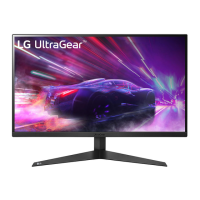
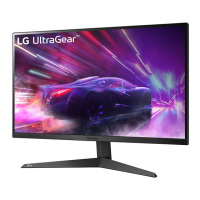


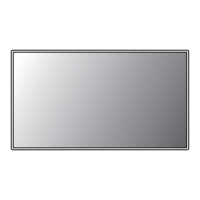
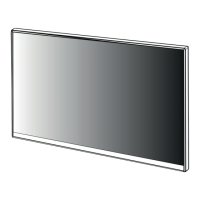
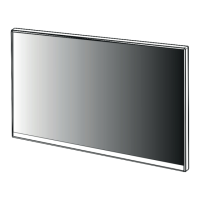
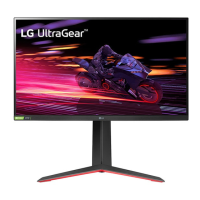

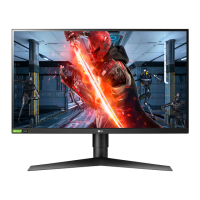
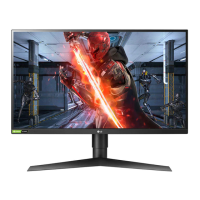
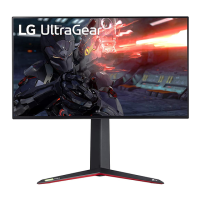
